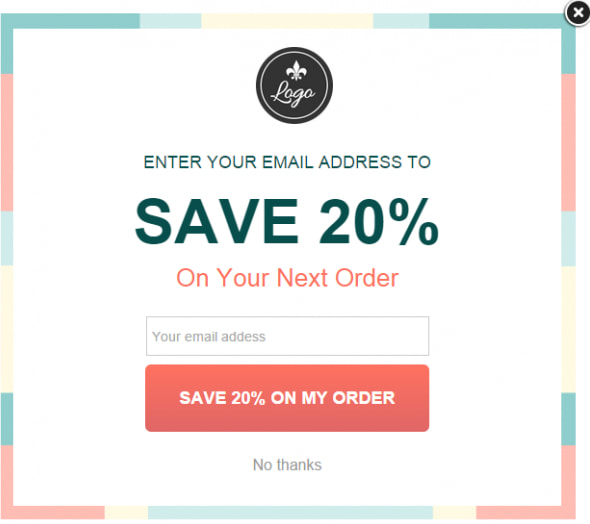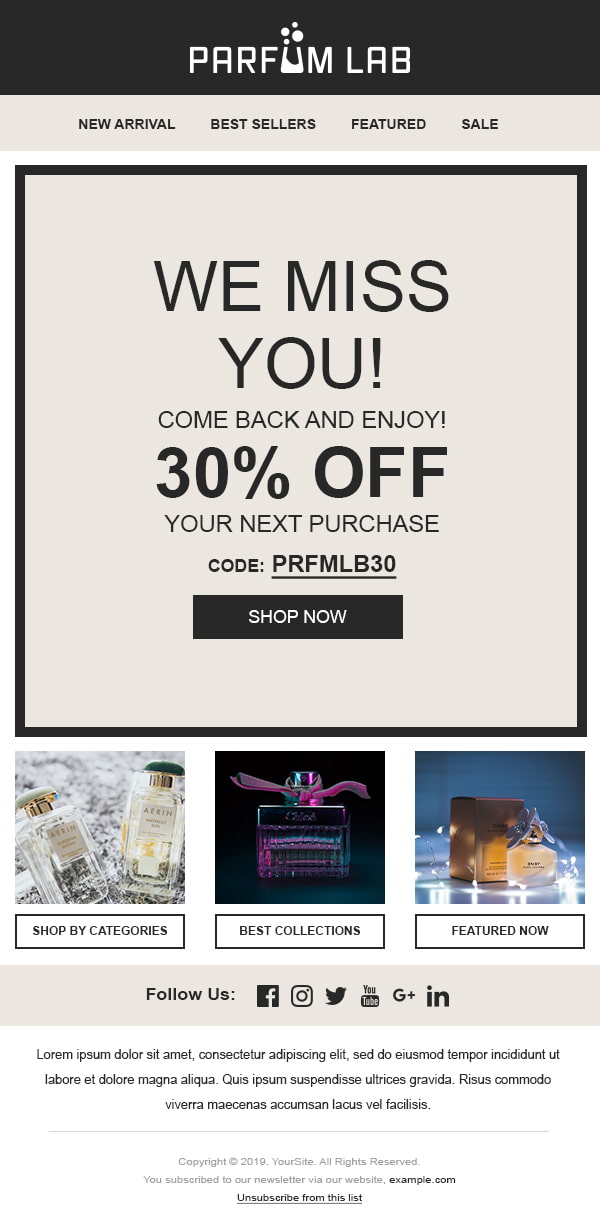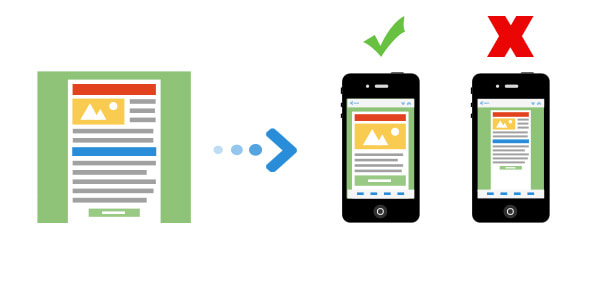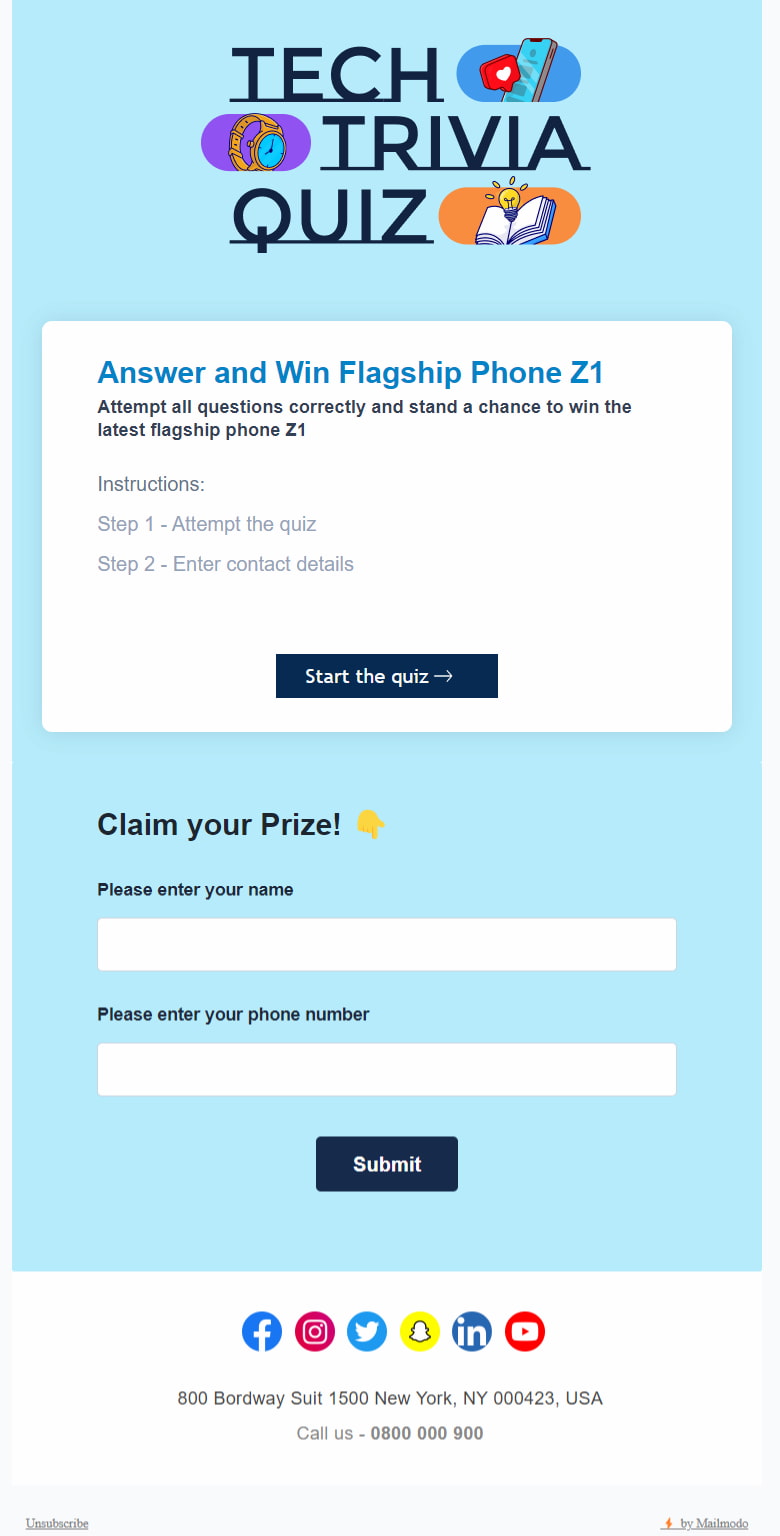Email is still one of the best ways to stay connected with your audience and get a strong return on your marketing efforts. But a lot of companies are doing it wrong — they blast out generic messages instead of using email as the strategic tool it is. This guide provides a practical plan to set up email marketing optimization, covering foundation building, content creation, audience targeting, and performance evaluation.
Sending emails isn’t the goal. Sending emails that work is. That’s where optimization comes in: fine-tuning each component of your strategy to increase opens, clicks, conversions, and, eventually, income. And it doesn’t happen overnight — it needs testing, learning, and improving over time.
Table of Contents
Email Deliverability Fundamentals
Before engagement to take place, your emails must first get in the inbox. Without an emphasis on trust and deliverability, your emails will be flagged as spam.
Building a Permission-Based List (The Anti-Spam Strategy)
Your list quality is the most important factor for success. A smaller list of people who actually want to hear from you will always perform better than a huge list of uninterested subscribers.
Creating Effective Lead Magnets
Want someone’s email? Offer them something actually useful in return.
Consider what your target audience actually requires — a useful guide, a short checklist, or a discount coupon are all excellent options. You could also send them an invitation to a webinar or provide a template that they may use immediately.
Just make sure it’s genuinely valuable. Give them a reason to be excited to hand over their address.
For a deeper look at how strong lead magnets fit into a larger strategy, see the article How to Generate and Close More Leads With Email Marketing, which explains how to turn new subscribers into qualified leads.
Strategic Placement of Sign-Up Forms
If you want people to sign up, you can’t hide your form. You need to put it right where they are already looking.
Nobody likes a pop-up, but the truth is, they work. The challenge is to use them wisely. Try a pop-up that appears when someone is about to leave your site (exit-intent) or a full-page welcome mat when they first arrive. Just make sure your offer is genuinely good and the “close” button is easy to find.
Tuck sign-up forms into places where people are already engaged. Your website’s footer, your “About Us” page, and — most importantly — in the sidebar of your blog or at the end of your articles are all great spots.
For your social media ads and promotions, ditch the generic homepage link. Send traffic to a dedicated landing page with a custom URL (like yoursite.com/newsletter). This page should have one single goal: getting sign-ups. You make the decision to subscribe obvious and easy by eliminating all other links and distractions, which will greatly increase your conversion rates.
Transparency is Key
Using double opt-in is recommended. After a user signs up, a confirmation email is sent to verify the subscription. This procedure avoids mistakes and fake addresses, confirms that the receivers desire the emails, and contributes to a positive sender reputation with email providers by reducing spam complaints.
Improving Deliverability: Getting into the Inbox
All of your efforts will be in vain if your emails never reach the main inbox. This is not about you; it is managed by inbox providers like Gmail, Outlook, and Yahoo. They use complicated algorithms to determine which emails their consumers view and which are sent to spam. Your responsibility is to ensure that your emails pass the test.
Sender Reputation
This is your “credit score” with ISPs. It’s based on:
- Spam Complaint Rate: Aim for less than 0.1% (1 complaint per 1000 emails). A high rate is a major red flag for ISPs;
- Bounce Rate: Keep this below 2%. A high rate indicates you’re sending to invalid or outdated addresses, harming your reputation;
- Engagement Metrics: Low open and high delete rates signal to ISPs that recipients don’t want your emails, pushing you toward the spam folder.
Email Authentication
Email authentication is a required technical setup that verifies you are a real sender, not an impostor or spammer.
- SPF: Defines which servers can send email on your domain’s behalf;
- DKIM: Adds a digital signature to verify that emails are not altered;
- DMARC: Uses SPF and DKIM to set policies for failed emails and provides reports.
Most email service providers (like Mailchimp, Klaviyo, or ActiveCampaign) offer clear instructions to help you set these up with your domain.
List Hygiene
A clean list is a healthy list. Regularly scrubbing your list of disengaged subscribers boosts your engagement metrics and protects your sender reputation.
First, decide what “inactive” means for you. A common rule is anyone who hasn’t opened an email in the last six months.
Before you just delete them, try a last effort to reconnect. Send a simple two-email campaign:
- First email: Something friendly like, “We miss you! Here’s what you’ve been missing,” and maybe include a special offer
- Second email: Be more direct. Say something like, “This is your last chance to stay. We’ll remove you from our list soon if we don’t hear from you.”
If there is still no response after re-engagement attempts, those subscribers should be removed. A smaller list of engaged recipients is more effective than maintaining a large list of inactive contacts.
Crafting the Optimized Email Experience
After establishing the foundations, the next step is to set up email marketing optimization for the content by refining both the message and design to keep emails clear, relevant, and effective.
The Subject Line & Preheader
You have roughly two seconds to catch someone’s eye in a flooded inbox. That’s why your subject line and the short preview text matter so much. They’re like a tag team — when they work together, they can make someone pause mid-scroll and open your email.
Subject Line Optimization
This is your main hook. It has to be good.
- Keep subject lines under 50 characters for mobile visibility;
- Focus on clarity rather than being overly clever;
- Personalize with the recipient’s name when possible;
- Use urgency phrases sparingly, only when appropriate;
- Test emojis for relevance and proper display;
- Regularly A/B test to see what works best.
The golden rule? Always be testing. You’ll never know what really works best for your audience until you try a few different options.
Preheader Text
That little snippet of text is prime real estate! Don’t let it go to waste on something boring like “View this email in your browser.” Use it to add to your subject line. Give people the next reason they need to click.
Design for Mobile First
Most people read emails on their phones, so messages must be visible on small screens. Use a basic single-column style for quicker browsing, and make buttons large enough to press easily, with plain wording like “Read More” or “Shop Now.”
Keep paragraphs brief, use subheadings to increase readability, and compress pictures for speedier download. Always include alt-text so that the email is clear even if the photos do not load.
Content that Converts
Content that converts builds relationships, not just sales. Balance your emails across three pillars:
- Educate with tips and insights;
- Entertain with stories and behind-the-scenes content;
- Promote with offers and launches.
Example: An apparel brand can show winter coats to subscribers in cold climates and light jackets to those in warmer areas, all within the same send.
Segmentation & Automation
To provide communications that truly matter to your subscribers, use segmentation to classify them according to their identities or activities. Then, without you having to do anything, utilize automation to deliver those messages at just the correct moment.
It’s like having a personal chat instead of shouting into a crowd. You’ll save time, build better relationships, and get better results.
Advanced Segmentation
Want your emails to get more clicks? Get specific with segmentation. This just means splitting your list into smaller groups based on things like:
- Where they are or how old they are;
- What they’ve done (this is the big one!) — like past purchases, abandoned carts, or which links they click;
- What they signed up for originally.
When you send people content that’s actually relevant to them, they’re way more likely to engage.
Critical Automated Workflows
These are automated email sequences triggered by a user’s action or attribute. They are the workhorses of revenue generation.
Welcome Series
This is your highest-performing workflow. Triggered immediately after sign-up. Set the tone, deliver the promised value, and introduce your brand story.
A typical flow:
- Immediate confirmation + gift;
- Your brand’s mission;
- A social proof or best-selling product highlight.
Abandoned Cart Series
A direct revenue recovery tool. A classic flow:
Email 1 (1 hour later): “Did you forget something?” Show the cart with a clear CTA to complete checkout.
Email 2 (24 hours later): Add social proof. “These items are selling fast!” or showcase reviews.
Email 3 (after 48–72 hours): Provide an incentive, like free shipping or a small discount, to encourage final action.
Browse Abandonment
If someone viewed a product but didn’t add it to cart, trigger an email showcasing that specific product with related items or reviews.
Post-Purchase Series
The journey doesn’t end at a sale. This builds loyalty and turns a customer into a advocate.
- Order Confirmation & Shipping Updates;
- “How To Use” Guide for the product they bought;
- Request a Review after they’ve had time to use the product;
- Cross-sell/Up-sell complementary products after they receive the order.
Testing & Analytics
Optimization is a continuous process based on testing and data analysis.
A/B Testing
To determine what appeals to your audience the most, formulate a hypothesis and test each variable separately.
What to Test:
- Subject Lines (The most common and impactful test);
- From Name (Company name vs. personal name from a founder);
- Send Time (Test different days of the week and times of day);
- Email Copy (Long-form vs. short-form);
- CTA Buttons (Color, text, placement);
- Images vs. No Images.
How to Test: Send Version A to 15% of your list and Version B to another 15%. Whichever performs better should then be sent to the remaining 70%. Make sure the sample size is large enough to provide reliable results.
Key Performance Indicators (KPIs): What to Measure
Sending emails is one thing; knowing whether they are functioning is another. It’s easy to get enthusiastic about a high open rate, but the figures that truly matter are those related to your bottom line. These are the measures that show you what’s truly going on.
Delivery Rate
This is your first checkpoint. It’s the basic percentage of emails that successfully made it to an inbox (instead of getting bounced or filtered into spam). If this number is low, nothing else matters. It’s a huge warning sign that your technical setup might be broken or your sender reputation is in trouble.
Open Rate
This number tells you if your subject line and “from” name were compelling enough to get a click. But a word of caution: don’t trust this number completely. These days, privacy features (like those in Apple Mail) can make your open rate look a lot better than it really is.
Click-Through Rate (CTR)
This is where you find out who was truly interested. Your CTR indicates the proportion of individuals who clicked on a link in your email. Consider this the genuine report card for your content, email design, and the effectiveness of your call-to-action buttons.
Conversion Rate
This is arguably the most important metric. Conversion rate goes beyond the click. It measures the percentage of people who completed your ultimate goal, like making a purchase or signing up. This is the number that directly ties your email efforts to making money.
Unsubscribe & Spam Rates
Think of these as your audience’s feedback system. A climbing unsubscribe rate is a clear sign that people find your content irrelevant. Spam complaints are even worse — they actively hurt your ability to reach anyone’s inbox in the future. Keep a close eye on both.
Return on Investment (ROI)
This is the final verdict. ROI tells you if your email program is actually profitable. In simple terms, it’s the revenue you made from your campaigns minus what you spent on them. A positive ROI means your strategy is effective. Most good email platforms have tools to help you track this.
Set Up Email Marketing Optimization: Advanced Strategies
After covering the basics, the next step is to apply more advanced methods to improve results.
Many email service providers currently include artificial intelligence (AI). It may identify the optimal times to send messages to each subscriber, advise subject lines, and even help with content creation.
Interactive emails are another effective approach. Adding polls, quizzes, or surveys directly into the email encourages participation and provides useful data about your audience.
Transactional emails, such as order confirmations, delivery updates, and password resets, are frequently ignored. These communications have a very high open rate and provide possibilities to recommend comparable items, request reviews, or promote social media networks.
Conclusion
To succeed with email, it’s important to set up email marketing optimization as an ongoing process rather than a one-time effort. Building a quality list, guaranteeing deliverability, providing relevant content, and properly implementing segmentation and automation are all critical to success. Regular testing and analysis assist in improving efforts, making email a dependable medium for engagement, conversions, and long-term success.




